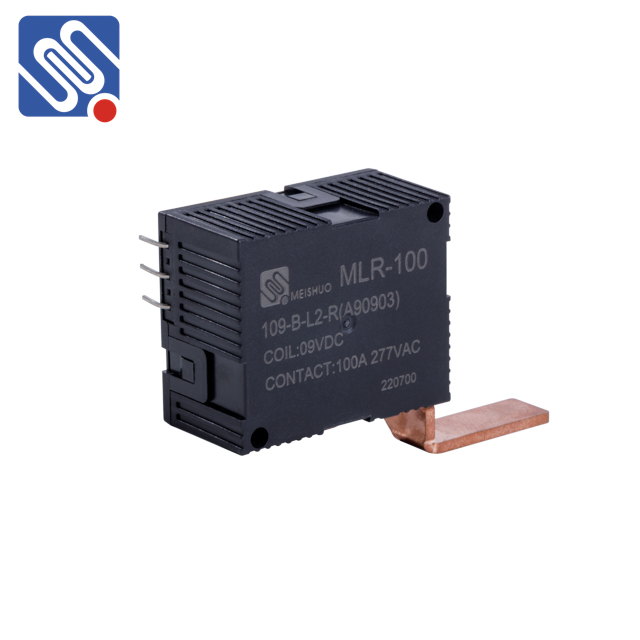An automatic relay is a crucial element in the realm of electrical systems, offering both protection and control. By automatically switching circuits on or off based on specific parameters such as current, voltage, or time, automatic relays safeguard electrical devices and ensure the smooth functioning of a wide range of applications. This article explores the importance, working principle, types, and applications of automatic relays, shedding light on how they contribute to the safety and reliability of modern electrical systems.

What is an Automatic Relay? An automatic relay is an electromechanical switch used to control the flow of electrical energy within a circuit. It is activated by an electrical signal (often from a control system or sensor), allowing it to switch on or off without manual intervention. These relays are designed to perform specific actions under certain conditions, making them essential for safeguarding equipment from electrical faults such as overloads, short circuits, or incorrect voltages. The basic components of an automatic relay include an electromagnet (coil), a set of contacts (usually two or more), and a spring mechanism to return the contacts to their original position when the electromagnet is de-energized. When a certain condition is met, the relay’s electromagnet is energized, causing the contacts to either open or close, thus controlling the circuit’s state.